Our country's long history of cooking has given us many ways to enjoy and taste different kinds of vegetables and fruits, which has many health benefits. Drumstick, also called moringa oleifera, is one of these amazing vegetables that is highly valued.
The word moringa comes from the Tamil word murungai, which means "twisted pod." Since more than one hundred years ago, this simple vegetable has been used a lot in Indian cooking. Drumstick gives each dish its own flavour, whether it's tasty sambhar or avail, a meat curry, soup, pickle, etc.
Table of Contents
What are drumsticks?
Drumstick is a type of plant whose stems, leaves, flowers, and seeds can all be eaten. Drumsticks are a very rare plant species that can be eaten and are very healthy. It is also called moringa, and people think of it as a "super plant" because of how powerful it is. These things help our bodies fight off different diseases.
Drumstick comes from Ayurvedic medicine and was used a lot by our ancestors. The moringa plant is grown in Africa and Asia, where it is used to make a vegetable. It is very popular in the southern part of India.
Drumstick plant:
Moringa oleifera, also called "drumstick," is a drought-resistant tree in the Moringaceae family. It comes from the tropical areas of South Asia. India is the largest producer of drumsticks, making between 1 and 1.3 million tonnes of fruits every year.
Moringa has a lot of common names, like "drumstick tree" for its long, thin seed pods, "horseradish tree" for its root, which tastes like horseradish, and "ben oil tree" for its oil (refers to oil obtained from the seed).
Drumstick is a quick-growing tree that is grown for its tender seed pods, leaves that are full of important nutrients, and medicinal properties that are used in Siddha.
Moringa is a thin, deciduous tree that can reach 10–12 m in height and 45 cm in trunk diameter. The bark of young shoots is purple and hairy, and the branches are weak and hang down. The leaves look like the feathery leaves of tripinnate. The flowers have five yellowish-white petals with thin, uneven lines that surround them. Most trees start to bloom six months after they are planted. In a climate with seasons and a lot of rain, flowers can bloom twice a year or all year long.
The fruit looks like a brown capsule with three sides and a dark brown globular seed with three white papery wings that get carried by wind and water. Moringa is a plant that likes the sun and can grow in dry climates with very little water.
The drumstick tree has a lot of healthy nutrients and antioxidants that can help you in a lot of ways.
Other names of drumstick:
Drumstick is also known by many alternative names such as shevaga in Marathi, murungai in Tamil, shajan in Hindi, munagakaya in Telugu and muringnga in Malayalam.
Nutritional profile of drumstick:
Drumstick pods and leaves are full of important nutrients, but the most nutritious part of the plant is the leaves, which are one of the best places to get calcium, iron, zinc, selenium, and magnesium. Fresh pods and seeds have a lot of oleic acid, which is a healthy fatty acid that is good for your heart. Moringa leaves are different from other greens because they have a lot of protein, about 9.8 grams per 100 grams. Essential amino acids can be found in great amounts in dry, powdered leaves.
Drumstick leaves’ nutritional value:
Drumstick leaves are a great way to get important vitamins like vitamin B complex, vitamin C, vitamin K, and beta carotene. The leaves have a lot of minerals like calcium, iron, zinc, manganese, and magnesium, as well as a good amount of protein and fibre. The quercetin and chlorogenic acid in moringa leaves make them a great source of antioxidants. Also, moringa leaf supplements are known to raise the antioxidant levels in the blood.
Drumstick Seeds nutritional value:
Most of the time, the seeds are used to get oil, and the mature pods are roasted and eaten like peas or nuts. They have a lot of vitamin C, B, and minerals.
Uses of drumstick:
Drumstick is called a "tree of life" because almost every part of the tree is useful and can be used for different things. The tree's leaves, stalks, stems, unripe green fruit or seed pods, fragrant flowers, young seeds, and roots can all be used to make healthy and tasty foods.
The oil from the mature seeds is called ben oil. It has no smell, is clear, has a high concentration of behenic acid, and doesn't go bad. After the oil is taken out of the seed, the cake is used as fertiliser or as a floc to clean water. The shreds of the root, which have a strong flavour, are used as a seasoning. Traditional medicine also makes good use of the bark, sap, roots, leaves, seeds, and flower.
Health benefits of drumstick:
Strengthens Bone
Drumsticks are a great source of important minerals like calcium, iron, and phosphorus, which help children with growing bones. When older people eat drumstick regularly, it helps rebuild bone density and eases the pain of osteoporosis. Drumstick has strong anti-inflammatory properties that help treat a variety of conditions such as arthritis and heal small bone fractures.
Controls high blood pressure
The bioactive compounds in drumstick help to keep the arteries from getting too thick and reduce the risk of high blood pressure. Drumstick's high level of antioxidants improves the flow of blood as well as nutrients to the heart, which helps control high blood pressure.
A Healthy Kidney
Adding drumstick to your diet on a regular basis may help you avoid getting kidney and bladder stones. If there are a lot of antioxidants in the body, they might help get rid of the toxins in the kidneys.
Boosts Immune System
Drumstick has a lot of vitamin C and antioxidants, which help it fight off the common cold, flu, and other common infections. Drumstick helps alleviate the signs of asthma, cough, wheezing, and other respiratory problems because it is anti-inflammatory and kills bacteria. For fast relief from coughs and other common illnesses, eat drumstick soup. It will also improve your immune system and prevent illness.
Maintains Gut health
Drumstick, which is full of important vitamins like niacin, and vitamin B12, is very important for making digestive juices and keeping the digestive system running smoothly. It also helps the body digest food by breaking carbs, protein, and fat down into simpler forms. Also, drumsticks have a lot of fibre, which keeps your bowel movements regular and keeps your gut healthy.
Prevents cancer
Adding drumsticks to your dietary pattern regularly is a great way to get more antioxidants. Cancer cells are stopped from growing when there are a lot of vitamins A, C, beta-carotene, and niazimicin. Also, the high level of antioxidants helps get rid of free radicals and prevents oxidative damage to cells.
Helps the liver stay healthy
The liver is a very important organ that gets rid of toxins and helps the gall bladder make bile. The drumstick protects the liver from dangerous toxins through a process called hepatoprotection. Drumstick makes the body make more glutathione, which is a detox antioxidant that fights free radicals that make the liver more stressed. Also, the drumstick is helpful because it protects the liver from the damage that anti-tuberculosis drugs can cause and accelerates the healing process.
Cures Edema
Edema is a painful condition in which fluid builds up in certain parts of the body. Drumstick has natural painkilling and anti-inflammatory properties that can reduce swelling and change the immune response. This keeps the condition from getting worse.
Helps fight infection
Drumstick helps fight infections caused by E. coli, salmonella, and Rhizopus thanks to its strong anti-fungal, anti-bacterial, and anti-inflammatory properties. Drumstick has strong antibacterial properties that can help prevent infections of the throat, chest, and skin. Drumstick has the powerful antioxidant quercetin in it, which helps treat tuberculosis. It can also help treat skin problems caused by fungi.
Regulates Diabetes
Drumsticks are naturally low in calorie content and full of important minerals, vitamins, and fibre, which assists in bringing down spikes in sugar by a large amount. Several studies show that the plant compound isothiocyanates in drumstick can help you lose weight, make it easier for your body to use glucose, and control your blood sugar levels.
Slows Down Signs of Aging
Drumstick oil and leaf powder are a wonderful natural way to get rid of wrinkles, scars, and loose skin. If you put moringa leaf paste on your skin, let it sit for 15 minutes, and then wash it off, your skin will look better and you'll look younger.
Remedies Acne
Moringa is a good way to keep acne from happening because it has strong antibacterial properties. The good collagen protein in drumsticks also works on the skin's large pores and makes the skin tighter. Taking powder made from moringa leaves or pods can help clean the blood, which in turn makes skin clearer and healthier.
Improves vision
Drumstick has a lot of antioxidants, which can help treat vision problems and dry eyes. Drumstick has nutrients that are good for your eyes. These nutrients stop the capillary membrane from getting thicker and stop retinal dysfunction.
Drumstick Is good during pregnancy and Breastfeeding
Drumsticks are full of vitamins A, C, K, and B, as well as the minerals iron, calcium, and magnesium. They are also a great source of fiber and protein, all of which are good for a pregnant woman's overall health. Adding drumstick to a pregnant woman's diet can help with morning sickness and make her feel more awake. Also, drumsticks have a lot of folate, which can reduce the risk of spina bifida, a defect in the neural tube that can cause serious birth defects in the baby. Women who have just given birth are given juice made from Moringa leaves and ghee. This helps them make more breast milk.
Helps the skin stay healthy
Moringa is now a common ingredient in most beauty products that help the skin glow and stay healthy. This is because it has so many healthy nutrients. Drumstick extracts can moisturise and clean the skin, which helps protect it from the harmful effects of pollution.
Side Effects of Drumstick:
Drumsticks entire parts- leaves, seeds, pods, and flowers- are all safe to eat. However, if you eat a lot of pods or seeds, you may get some side effects. Drumstick root and root extracts should not be eaten because the root has spirochin, which is a poison.
Because drumsticks have a lot of alkaloids, eating a lot of them may decrease blood pressure and slow the heart rate. If you eat the bark of a drumstick, it might make your uterus contract. Also, you shouldn't take drumsticks with medicine for your thyroid. If you eat a lot of moringa, it might also change how much sugar is in your blood, so watch for signs of low blood sugar. Also, you shouldn't take drumstick supplements with drugs for high blood pressure because it could lower blood pressure.
FAQs on Drumstick:
Is Drumstick Healthy?
Drumsticks are a very valuable superfood, yes. This simple vegetable contains a wealth of nutrients that are good for your health and have been utilized in traditional Ayurvedic medicine to treat a number of health problems.
Can I eat drumsticks daily?
Yes, eating drumsticks as part of your regular diet can help your blood flow and lower your blood pressure. They also boost the immune system and help with diabetes and bone problems. So, you can use drumsticks in many different dishes and enjoy them every day.
Does Drumstick Heat Help Your Body?
No, drumsticks could possibly cool the body. When eaten regularly, drumsticks help cool down the body. Add drumsticks to your meals, especially in the summer, to cool down and get rid of the stifling heat.
Can I eat drumsticks during pregnancy?
Yes, drumsticks are full of important nutrients that pregnant women need. So, eating them will help with morning sickness and give you more energy. Also, because it has a lot of folate, it can protect against birth defects. But sometimes it can cause side effects, so talk to your doctor before adding them to your dietary pattern.

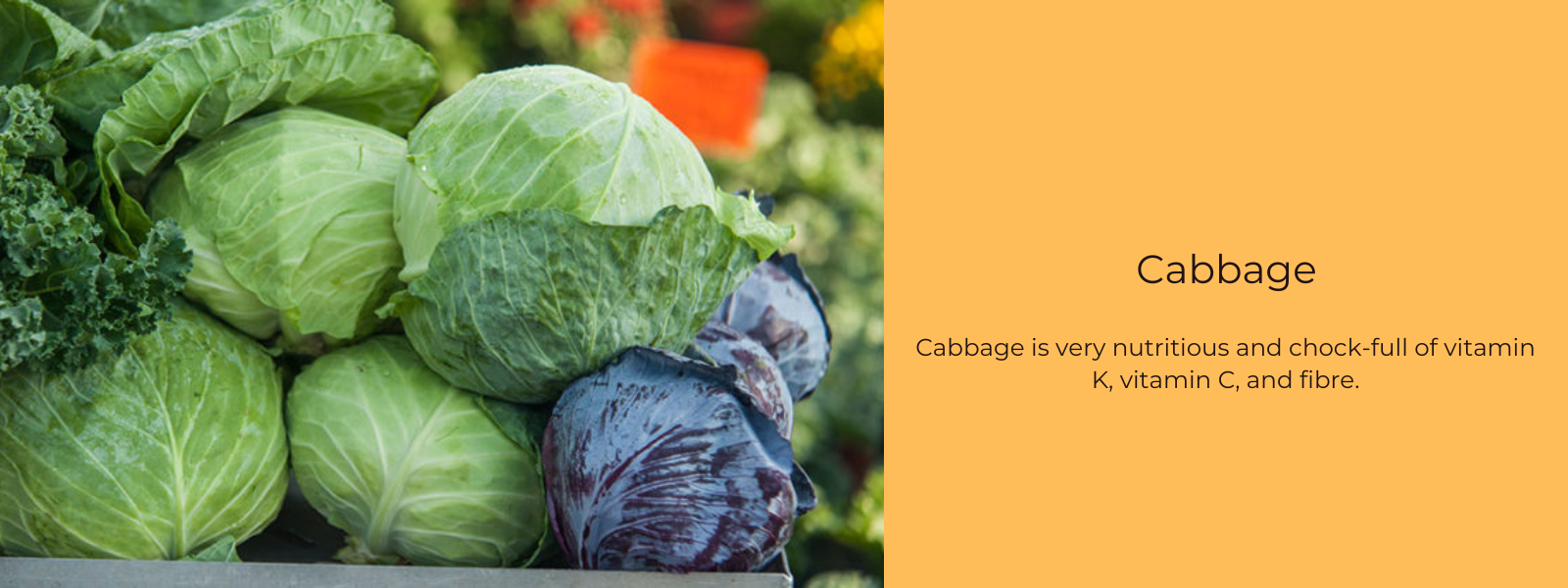
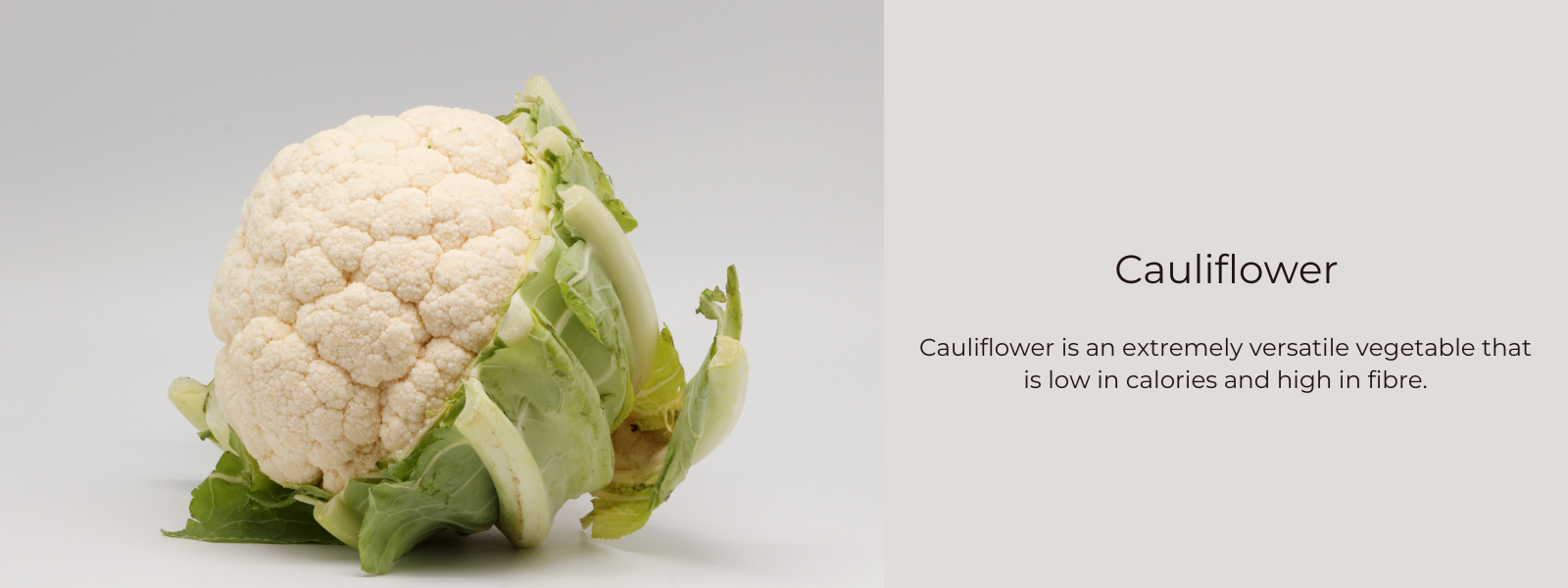
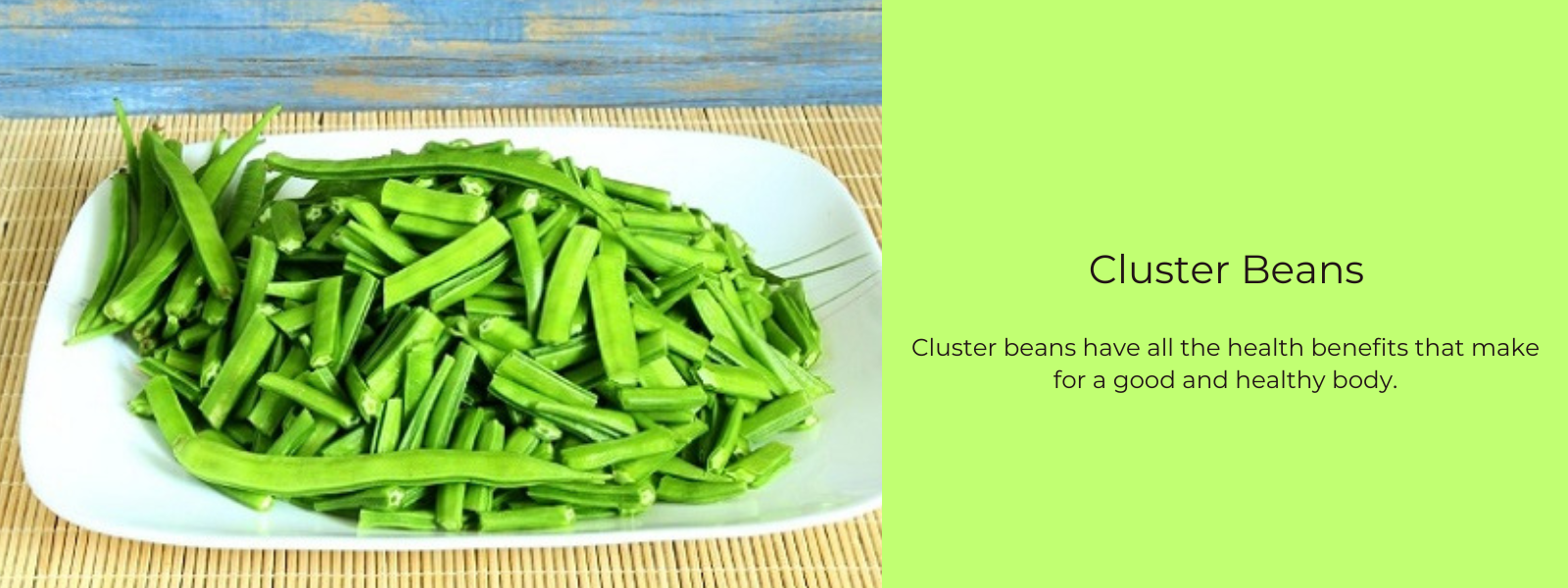
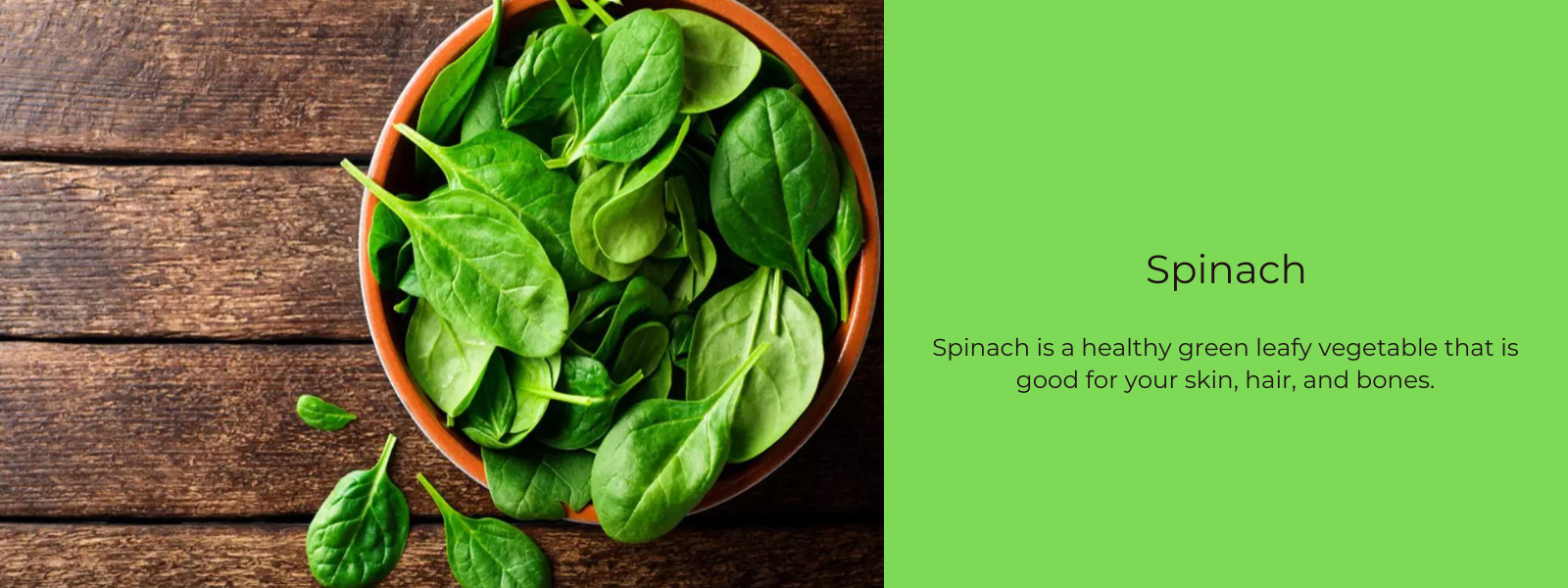
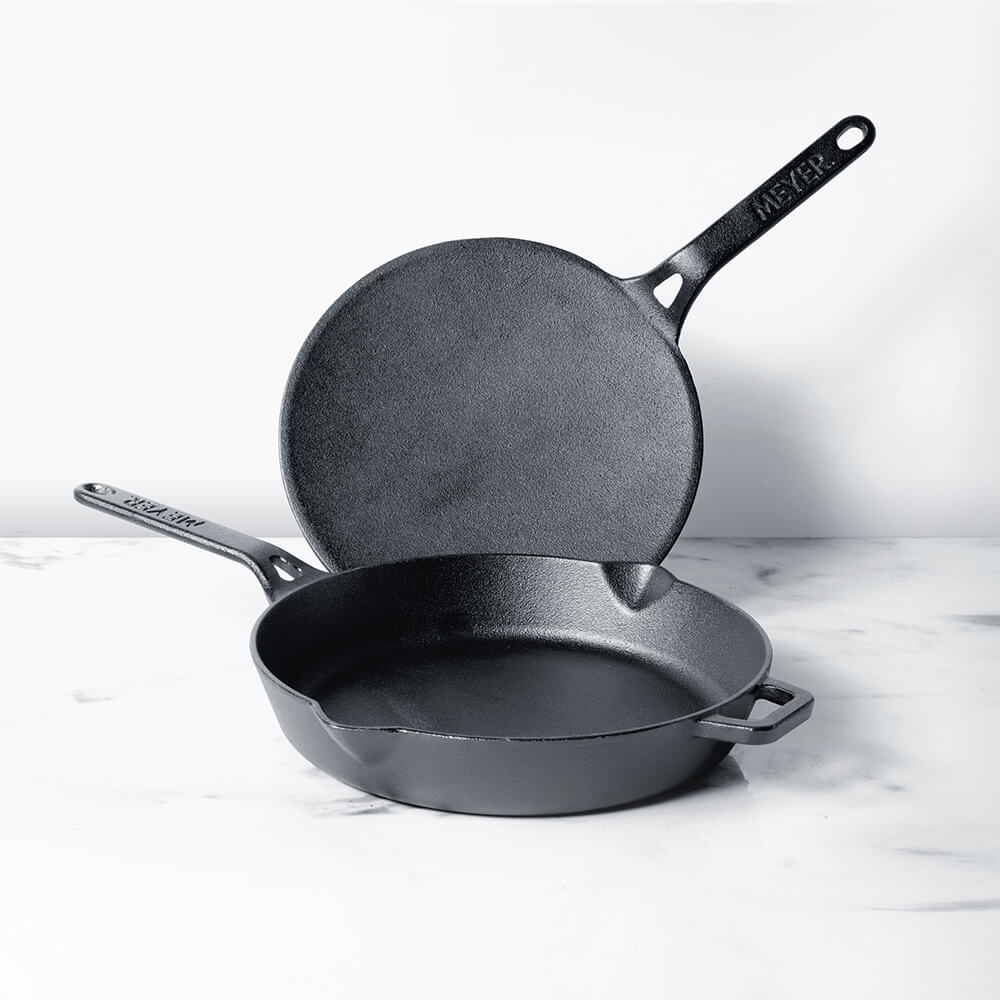
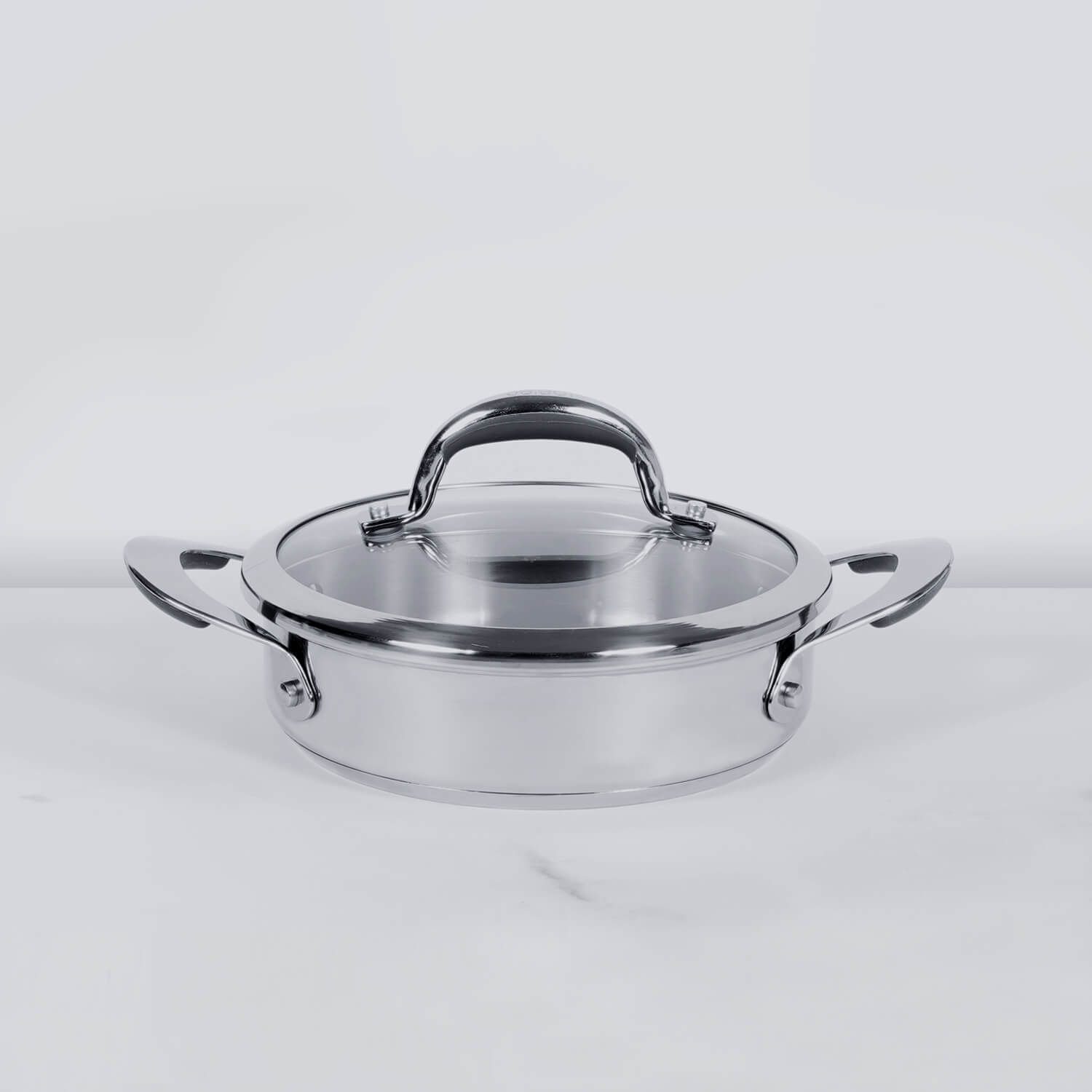




Leave a comment